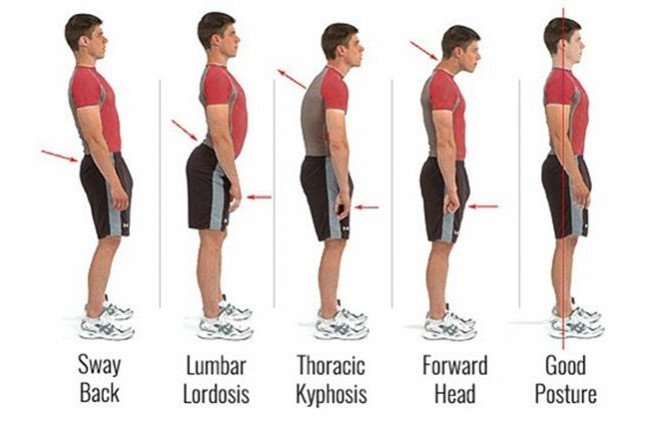
LONG-TERM MUSCLE IMBALANCE AND IMPACT ON BONE STRUCTURE
Tension on tight muscles over a sustained period can influence the shape and alignment of bones. When muscles are consistently tight or in spasm, the continuous pressure on the bones to which they are attached. Over time, this persistent tension can change how bones grow or align, potentially leading to curvature or deformity. This effect is often seen in orthopedic and musculoskeletal conditions, where abnormal muscle tension affects the natural position or growth of bones, especially during the developmental phases in children. 1. Muscle Imbalance Chronic tension in muscles can lead to imbalances where certain muscles become consistently tighter and shorter, while their opposing muscles become elongated and weakened. This imbalance can pull bones and joints out of their natural positions, potentially leading to changes in posture and, over a very long duration, possibly affecting the shape of bones due to the way bone remodeling responds to mechanical stress. 2. Adaptive Shortening When muscles are held in a shortened position over a prolonged period, they can undergo adaptive shortening, making it difficult to return to their original length. This condition can alter the normal biomechanical forces applied to bones and joints, leading to changes in posture and potentially influencing bone structure over time. 3. Wolf’s Law This principle states that bones in a healthy person or animal will adapt to the loads









